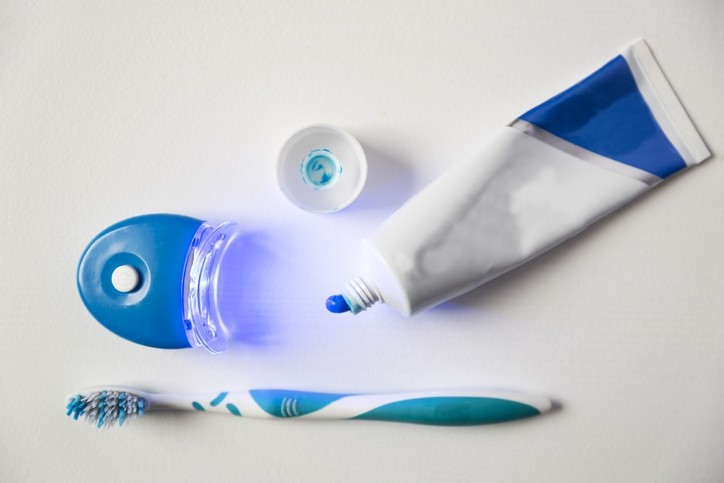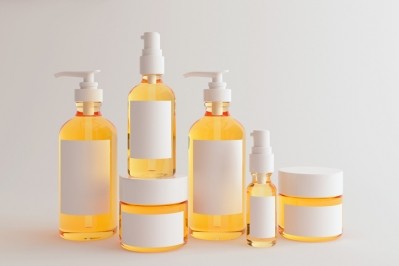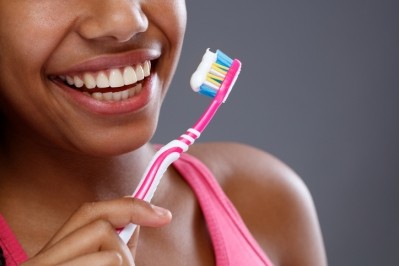Teeth whitening products: Regulations across the globe

Teeth whitening products have certainly gained popularity over the past few years. Teeth whitening used to only be done at dental clinics by qualified health professionals. But teeth whitening started to become more and more accessible as brands made teeth whitening kits for consumers to use at home, offering a cheap and easy alternative to professional teeth whitening procedures.
As demand for such products continues to grow, it is important to be aware of the regulatory restrictions and ensure that products are safe and compliant.
European Union - teeth whitening products considered 'cosmetics'
Teeth whitening products are considered cosmetics in the EU and have to comply with the Cosmetics Regulation (EC) 1223/2009 on cosmetic products. The use of a common teeth whitening ingredient, hydrogen peroxide, is restricted for use in cosmetics in the EU and can be found in Annex III (entry 12) of the cosmetic regulation. The following two restrictions apply to the use of hydrogen peroxide in teeth whitening or bleaching products:
- Products with 0.1 % of hydrogen peroxide (present or released) or less, can be sold as cosmetic directly to consumers, without any specific restrictions.
- Products with between 0.1 % and 6 % of hydrogen peroxide (present or released) can only be sold to dental practitioners, meaning retail sale is not allowed. The product label has to indicate the concentration of hydrogen peroxide in the product (percentage) and the following warnings:
- ‘’Not to be used on a person under 18 years of age.’’
- ‘’To be only sold to dental practitioners. For each cycle of use, first, use by dental practitioners or under their direct supervision if an equivalent level of safety is ensured.’’
- ‘’Afterwards to be provided to the consumer to complete the cycle of use.’’
- Products with more than 6 % of hydrogen peroxide are prohibited for sale as cosmetics in the EU.
These restrictions also apply to other compounds and mixtures that release hydrogen peroxide, such as carbamide peroxide, zinc peroxide, magnesium peroxide, etc.
Restrictions set out by the regulation are based on the scientific opinion on Hydrogen peroxide, published by the European Scientific Committee on Consumer Safety (SCCS) on 18 December 2007. In its opinion, the SCCS concluded that the use of hydrogen peroxide in a concentration of up to 0.1 % does not pose any risk to consumers under normal and reasonably foreseeable conditions of use. However, for concentrations between 0.1 % and 6 %, the SCCS was unable to set a level and frequency of use at which the use of products with such concentrations, would be safe. With increased concentrations and frequency of application, the use of such products is linked with increased risk. By restricting the use of these higher concentrations of hydrogen peroxide to professional use only, the potential risk associated with the use of the products may be reduced. Products with 6 % or more of hydrogen peroxide are not safe for consumers due to increasing risks of acute and long-term effects.
USA - regulations are formulation dependant
Under the Federal Food, Drug, and Cosmetic Act (FD&C Act), teeth whitening products may be considered drugs or/and cosmetics, depending on the product’s ingredients, mechanism of action, conditions of use, and safety. Based on the FDA’s Citizen Petition Response to the American Dental Association (ADA) on peroxide-containing tooth-whitening products, released in 2014, the FDA believes that most peroxide-containing tooth whiteners meet the definition of a cosmetic written in FD&C Act. In its Citizen Petition, ADA requested the FDA to review and establish an appropriate classification of peroxide-containing tooth whitening products, which act by chemical means to lighten teeth colour. They expressed concerns about the safe use of such products without the appropriate professional consultation. However, the FDA denied the Petition and concluded that ADA did not provide enough information, that would allow for classification of peroxide-containing teeth whitening products as drugs. To do so, the FDA said they would require more information, such as which ingredients and which concentrations of peroxide-containing teeth whiteners may affect the structure and function of the body and also their intended use.
Cosmetic products in the USA do not require FDA approval; the safety and regulatory compliance of the products is the responsibility of the manufacturers. It is, however, highly recommended for cosmetic brands to participate in FDA’s Voluntary Cosmetic Registration Program (VCRP). VCRP is a reporting system for cosmetics that are already in commercial distribution in the USA. The program does not apply to cosmetics for professional use only, products, which are not meant for sale and homemade cosmetics.
In case a tooth whitening product would be considered a drug, the registration of the product with the FDA is mandatory. The product must receive either premarket approval by the FDA through the New Drug Application (NDA) process or comply with the appropriate monograph for an Over-the-counter (OTC) drug.
Canada - fluoride the defining factor
Teeth whitening products sold in Canada are cosmetics, except if they contain fluoride. In this case, the products would be considered drugs.
Teeth whitening products usually contain hydrogen peroxide or other peroxide-generating compounds. Like in the EU, these ingredients are also restricted for use in cosmetics in Canada and can be found in Canada’s Cosmetic Ingredient Hotlist. The following conditions of use apply for these ingredients:
- The pH of the product must be equal or greater than 4.0
- For oral cosmetics that contain more than 3 % hydrogen peroxide, evidence that the product is safe for use when used as directed must be provided
- The label must include all the cautionary statement required by Health Canada:
- ‘’If irritation (such as redness, swelling, soreness) of the gums or the mouth occurs, discontinue use and consult an oral health professional."
- "Products containing peroxides are not recommended for use by children under 12 years of age."
- "Consult your oral health professional before prolonged use of this product."
- "Avoid swallowing the cosmetic or part thereof."
- "Avoid contact of the product with the eye."
- "Avoid direct contact of the active surface of the tooth whitening product with the gums and/or salivary flow."
Manufacturers have to ensure the safety of their cosmetic products and comply with all the relevant requirements for teeth whitening products. They also have to notify the product to Health Canada within 10 days after they first sell them in Canada. This should be done by submitting the Cosmetic Notification Form (CNF), which can be found on Health Canada’s website.
![The at-home kit builds on existing inventions by Unilever and uses a film and light source for simpler and efficient teeth whitening [Getty Images]](/var/wrbm_gb_food_pharma/storage/images/_aliases/wrbm_medium/publications/cosmetics/cosmeticsdesign-europe.com/article/2021/05/26/unilever-patents-teeth-whitening-kit-with-photosensitiser-film-and-actinic-light-source/12512185-1-eng-GB/Unilever-patents-teeth-whitening-kit-with-photosensitiser-film-and-actinic-light-source.jpg)












